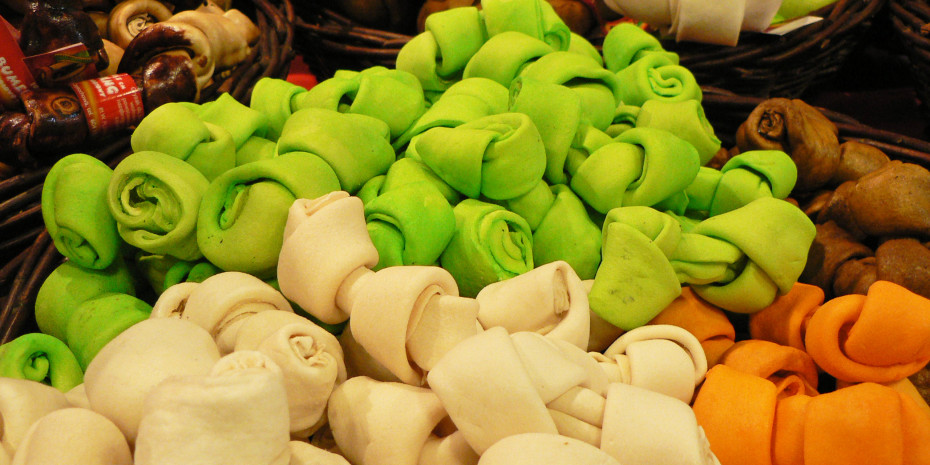1. How do you view the general market situation for raw materials for the production of pet food? 2. What influence do political changes in the countries of origin of your suppliers have on the availability of raw materials? 3. How do you see the raw materials market developing in the next three years?
“Trends have to be monitored”
With minor exceptions, there are currently no problems with procurement of the relevant raw materials, although the long-term trend in global demand is not without its difficulties. These could certainly result in procurement problems with regard to some raw ingredients. 95 per cent of our raw materials come from Germany, so we don’t see any major influences here. We thereby underline our quality philosophy, which is reflected among other things in product quality, service and ability to deliver. The situation is definitely different, however, for companies that obtain a large proportion of their raw materials from third countries. For our organisation we observe the markets for far longer than three years. It must generally be assumed that the continuous growth in the global population may result in a shortage of individual raw ingredients. Another factor is that the economic development and further industrialisation of most emerging countries and some of those that are less developed will cause the paths of the emerging markets and the industrialised nations to converge more closely and their living standards to become increasingly similar. This means that the per capita consumption of raw materials in those countries will likewise increase significantly. At the same time, the nutritional habits of developing national economies will gradually become more like our western habits, resulting in an increase in demand and a shift with regard to agricultural raw materials. Meat will emerge here as a nutritional winner, and it is well known that this presupposes a huge input of grain. I am not worried personally with regard to the next three years.
Alexander Gerards Managing director, Dr. Clauder (Germany)
“Importing raw ingredients has become more tricky”
The market situation with regard to meat and cuts of meat is relatively stable. In the case of special types of meat, increased demand is pushing up prices, for example for duck, crustaceans and horse. Disruptions to the market, as in the case of ostrich meat from South Africa, make larger sales quantities impossible as the continuing incidence of bird flu means that the necessary…

